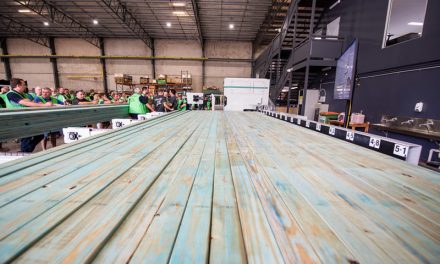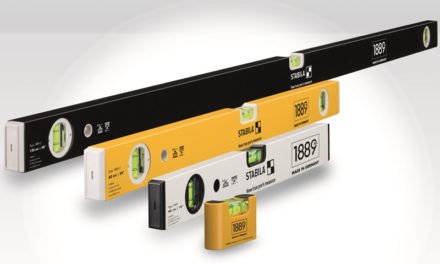Deciphering Australian LVL grades without a consistent standard is up there with flight training for difficulty, and risks the market.
So, I had my first-ever flying lesson yesterday.
Guided by my flight instructor, who was half my age but a thousand times more competent, I took to the skies after two hours of theory.
The theory part was an absolute cruise for me – I’ve always been interested in aeroplanes from a technical side and a lot of the flight theory shares a common scientific basis with wind loads on buildings.
But the flying is something else. Have just two examples:
- In a car, when you turn the steering wheel the car turns. In a plane you turn the steering wheel and sure, the plane turns, but it also drops… potentially into the ground!
- In a car, you decrease power and the car goes slower. In a plane you decrease power and the plane goes slower and/or flies on a downward slope (potentially into the ground) and/or changes its relative angle to the ground or else maybe just stalls and plummets into the ground!
And that’s the easy part – there are about 20 different gauges that you’ve got to regularly monitor (all the while concentrating on not plummeting into the ground). You must constantly correct for the turbulence that is throwing you around using the aforementioned power settings and controls (whilst avoiding plummeting into the ground) and also have to keep a lookout for other aircraft and maintaining a heading and altitude (while – you guessed it– avoiding plummeting into the ground).
Oh – and the turbulence meant I felt nauseated as well.
Somewhere in all that I learnt something, but suffice to say that those two hours in the air yesterday were the most focused and taxed and, at times, confused, that I’ve been for a very long time.
Which brings me to the timber side of this article with the common thread being information overload and confusion.
From a specifying engineer’s point of view, the penetration of LVL into heavier commercial use has been severely limited by a lack of a consistent and universally recognised grading system for LVL.
Glulam, F grades, MGP, plywood and even round poles have a grading system but, alas, LVL products are specified by each particular manufacturer with one of their proprietary grade designators.
Sadly, this situation has only got worse in recent times. With the departure of a major manufacturer from the market and a proliferation of new importers and re-sellers with their own grades and product names, even I’m confused as to what product is available and where.
I count about 25 different LVL products in the Australian market, each with its own unique combination of strength, stiffness and size properties.
So, put yourself in a position of a young engineer who has the choice of either specifying a single grade of steel I-beam or else choosing from one of 25 different LVL products. And then a few months later, finding that the specified variant is not available from the builder’s usual supplier and having to design it all again. To that engineer, steel is a no-brainer choice.
This is all the sadder because in many applications, the differences in timber strengths and stiffness sometimes makes only minor differences in the actual improvement in the end construction. The span of timber beams carrying a uniform load are normally limited by deflection. The best LVL product is about 50% stiffer than an average performer but that only gives around a 10% increase in maximum beam span.
On the strength (as opposed to stiffness) side of the equation there are some great LVL products out there, ranging from presumably relatively cheap lower strength material to some seriously strong gear with bending strengths approaching 40% of mild steel. These would be great used in high-end structural applications, but the proliferation of products still means that most engineers don’t know what is available and where. And so they avoid LVL.
I’m hoping that at least you as truss and frame manufacturers know exactly which LVLs you are using and don’t treat it as a generic product. You would be selecting specific LVL products from your software list to be in your design inventory. If they are using something else out in the factory then that situation would be as dangerous as my flying.
From my (albeit limited) perspective, it would be far better for suppliers to fly with a consistent set of LVL grades and expand the market rather than compete in a smaller market on the basis of material properties. If industry can’t get its act together then I am contemplating getting a bunch of engineers together and coming up with our own grading system… so be warned!
My next stay at the flying school is tomorrow. I will do my very best to not plummet into the ground… but if there is no March Truss Talk column then you’ll know why!
Image: Metsä Woods Kerto LVL.












